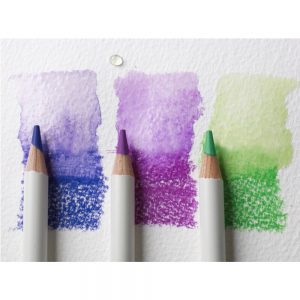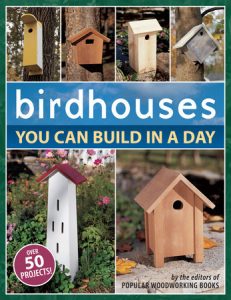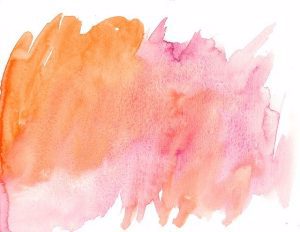Artsy Crafty Library: Using Nature as Inspiration for Your Art
As the weather gets warmer, I like to switch my focus to arts and crafts that are portable. As much as I love my floor loom, I'm not going to drag it outside to weave on the patio. I want to do something that allows me to spend time enjoying nature without hauling around a lot of equipment and supplies. It's also a great time to try a new material or technique.
Experimenting With Watercolors
I love watercolors and nature is the perfect subject for them. I recommend starting with a spiral sketchbook of watercolor paper, some basic paints in tubes and a few brushes. While you can use the watercolor sets you used in kindergarten, you'll probably be disappointed with the results.
 Most craft stores sell watercolor paint sets in tubes. You can usually find a basic set of 12 for under $10. It's a good idea to buy the highest quality paints you can afford, even if that means you get fewer colors. You can always mix colors together as you paint to get the ones you want.
Most craft stores sell watercolor paint sets in tubes. You can usually find a basic set of 12 for under $10. It's a good idea to buy the highest quality paints you can afford, even if that means you get fewer colors. You can always mix colors together as you paint to get the ones you want.Watercolors lend themselves to painting "en plein air" (outdoors). So head outside, take some time to observe the world around you and start painting.
Whether you're outside your house or in a park, try to find something you haven't noticed before. Maybe it's the subtle shading of a rose or the different greens in the leaves of trees. You'll be surprised what you see when you slow down and look closely at something you would normally just glance at.
If you've never painted with watercolors before I encourage you to experiment with washes of different colors to get a feel for how the paint colors flow into one another. This can be a good exercise in itself. Do a series of washes to capture the colors you see in nature rather than worrying about exactly reproducing a specific scene.
Watercolor Pencils
 Watercolor pencils are another fun way to work with watercolors. They're more opaque than watercolor paints, but you can draw with them like you would a colored pencil. When you brush water over your marks, they flow into each other like watercolor paints.
Watercolor pencils are another fun way to work with watercolors. They're more opaque than watercolor paints, but you can draw with them like you would a colored pencil. When you brush water over your marks, they flow into each other like watercolor paints.The first time I was introduced to these pencils, I felt like I'd discovered something magical. Check out the book Watercolour Pencils by Judy Martin for a great introduction to this fun art medium.
Crafting With Natural Materials
If painting isn't your thing, you have many other options to work with nature. You can make handmade paper from an almost endless list of plant materials, many of which you can find close to home. Papermaking With Garden Plants & Common Weeds is a great introduction to papermaking. It's not as complicated as you might think and once you get started, you'll never look at plants the same way.
 If you're feeling a little more adventurous, check out The Organic Artist. Author Nick Neddo shows you how to make your own charcoal sticks, inks and paints from natural materials.
If you're feeling a little more adventurous, check out The Organic Artist. Author Nick Neddo shows you how to make your own charcoal sticks, inks and paints from natural materials.If you have a lot of firewood laying around, you can even try making and firing your own clay inkwells and paint dishes. It's a long, involved process. So if you need something quickly, this is not the technique for you. That's what polymer clay is for!
For something less intense, take a look at Simply Wood: Home Projects From Branches, Logs, and Other Found Wood. Author Linda Suster shows you how to use twigs, branches and logs to create everything from shelving to lighting to wall hangings.
Enjoying Nature at Home
You can enhance your outdoor space and give wildlife a helping hand with some simple woodworking projects. Birdhouses You Can Build in A Day has more than 50 projects designed to appeal to specific bird species.
 Once your birdhouses are built, you'll want a nice place to sit and observe the birds. Simple Handmade Garden Furniture features a variety of projects that can be completed in a weekend.
Once your birdhouses are built, you'll want a nice place to sit and observe the birds. Simple Handmade Garden Furniture features a variety of projects that can be completed in a weekend.If you're new to woodworking, check out this Woodworking for everyone book list. You'll find you don't need a lot of expensive tools or equipment to get started with a fun new hobby. You may also want to review this article on woodworking I wrote in early 2020.
Take It Outside
Whether you enjoy painting, making things with wood or some other artsy crafty activity, try taking it outside. Let nature inspire you to slow down and observe the world around you. You might be surprised by what you see. You may also be more relaxed after some time outside.












